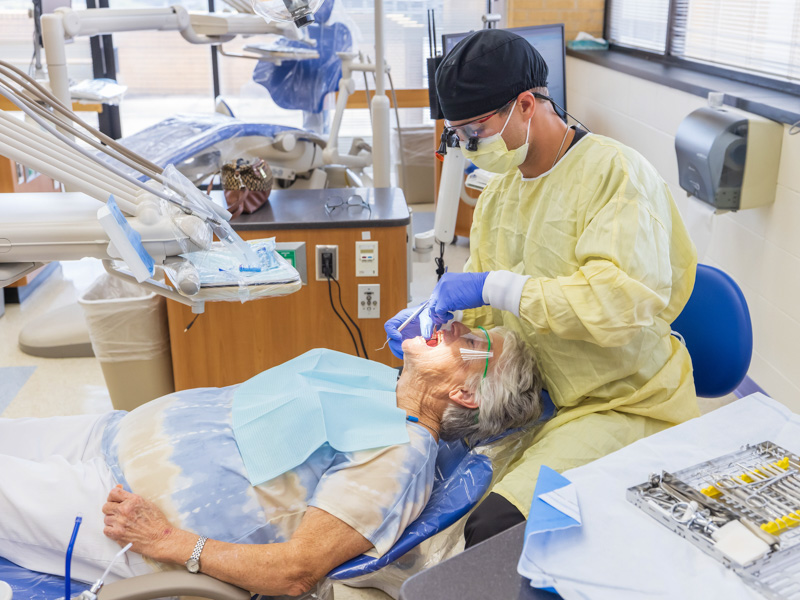
SOD pilot program a culture change for patient needs
Published on Monday, October 17, 2022
By: Ruth Cummins
A patient arrives for a routine appointment to get a tooth filled at the School of Dentistry on the University of Mississippi Medical Center campus.
He lets the student taking part in his care know that he has a chipped tooth that hurts, and it’s not the one that needs a filling. When the student takes a look, she sees the patient’s teeth badly need cleaning.
Which of the patient’s problems is priority for treatment on that day’s visit?
Every one of them, and especially, the one causing the patient pain.
Addressing all of a patient’s needs that can be taken care of in one visit is the goal of a new School of Dentistry pilot program. Its focus is integrated patient care, and in the world of dental education, that means putting the patient first by empowering students to efficiently embrace multiple oral health issues at a time.
It means the patient stays in the same chair where their treatment begins, like in a private dental practice, rather than moving from department to department for various procedures.
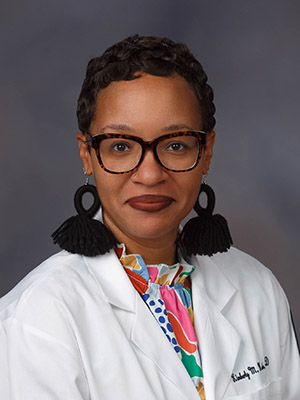
Instead of telling someone to come back later for unplanned work, “the students absolutely love that they can get multiple things done on one appointment for their patient,” said Dr. Kimberly Wade, an assistant professor in the Department of Care Planning and Restorative Sciences. “They can do multiple procedures that cross departmental lines.
“We have patients who travel from a long way, and some from out of state. To make the most of their time when they are here is a real goal of ours.”
Wade is chair of the new integrated patient care department, or IPC. She said the idea for its pilot was born of a discussion not long after she and Dean Sreenivas Koka both began work at the SOD in spring 2021. “We were talking about how a point of frustration for our students was that they were so concerned with the requirements to get their degrees. The patients’ needs fell by the wayside,” Wade said.
She observed it herself in one of the clinics.
“A woman came in for a filling, and in the middle of making small talk with her, the student asked her what was going on. She said she had a tooth that was hurting her, but it wasn’t the tooth he had planned to work on,” Wade said.
Wade approached the student. “I said, ‘Did you notice that the lady told you she was having a problem today?’ The student said, ‘Yes, but I can take care of that on another visit.’
“I said, ‘She specifically told you she had something hurting. Let’s address that specific thing now. Things don’t always go like the plan that is written down in their chart.’”
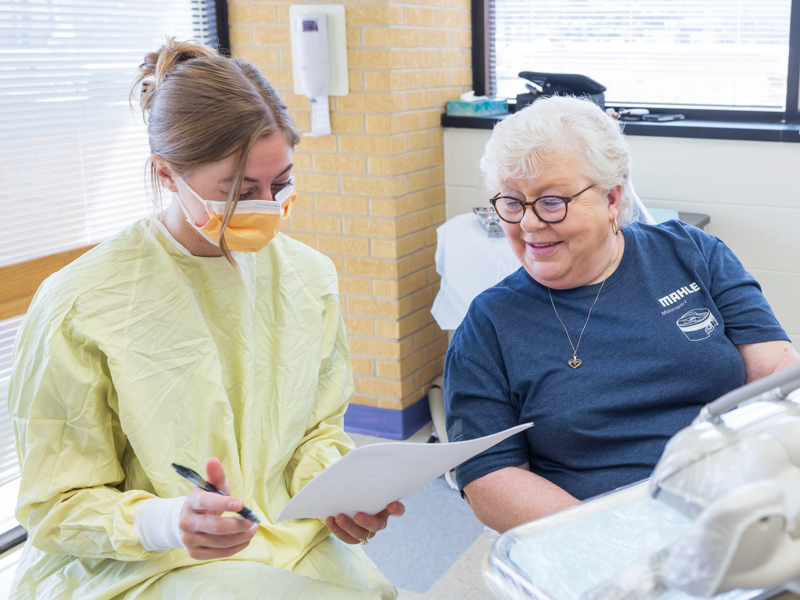
The School of Dentistry wasn’t giving the patient all she needed, but decisions were driven by the culture and systems in place. “Students were just bogged down with numbers and a checklist,” Wade said.
“Our goal is to really hear the patients – to tell them, ‘I hear you saying you have another problem. How can we address that today?’”
Third- and fourth-year students provide basic services for clinic patients while being monitored by a faculty member, while first- and second-year students mostly learn and observe.
In fall 2021, Koka sent an email to D3 and D4 students. “He didn’t give details on purpose, but said he was thinking of starting a pilot program and wanted to know if anyone was interested in being in it,” Wade said. “We had a good number of students apply, and we drew five numbers out of each of the classes. Each D3 paired with a D4.”
Hunter Horton is a D4 student paired with D3 Cedar Baik. “He’s like my little brother for this,” Horton said.
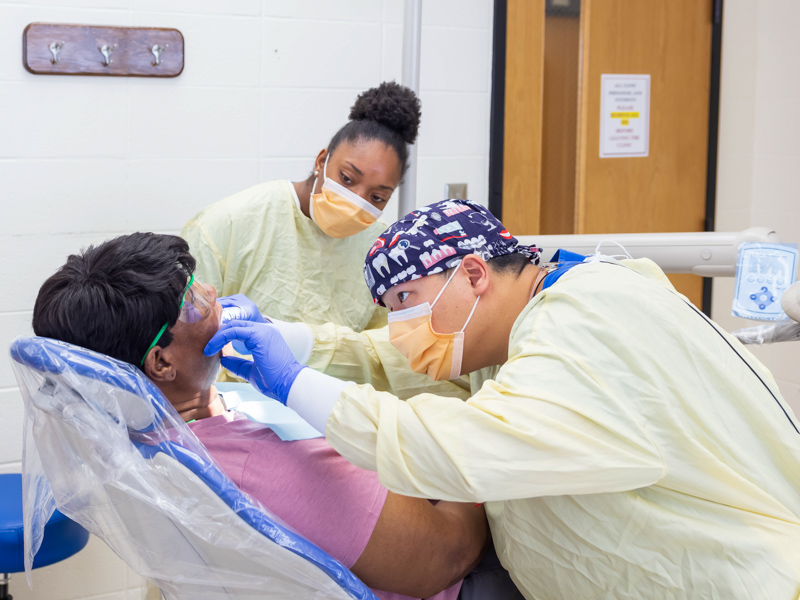
When Horton recently walked Nelda Yarborough to an IPC clinic chair, it was obvious the two were friends. He’d treated her previously, and the Tylertown resident settled in with no qualms.
The purpose of Yarborough’s visit was to get X-rays and a check of her removable partial denture, a device she called her flipper. “Everything is fine except I can’t bite anything on the front of my mouth. It just flips in and out,” she told Horton.
Horton was cleared to do more, such as a needed teeth cleaning. As he gently explored Yarbrough’s mouth, he found something else that could be taken care of in the same visit. “This back right tooth has a big cavity in it,” he told her.
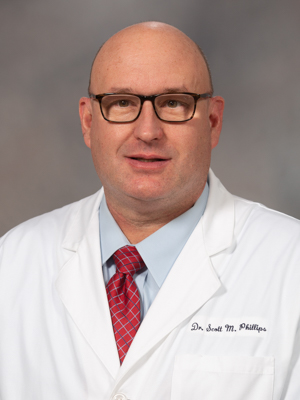
“You really do get to know the students better, and to see how their skills translate and what their thought processes are,” said Dr. Scott Phillips, associate dean for patients and one of a handful of faculty who supervises IPC students. “I’m more comfortable because I know their strengths and weaknesses, and that helps me when I give them guidance and support.”
“I’m not fighting for attention with five or six other students,” said D4 Sara Grace Valentine. “My professors know me better. They text me and say, ‘How’s your patient?’”
“This gives me flexibility if I feel comfortable doing an extra procedure with that patient on that day,” Horton said. “But, if a student isn’t ready for multiple procedures in one visit, the faculty recognizes that.”
Dr. Walt Starr, a periodontist with practices in Columbus and Starkville and a 1984 SOD graduate, said the IPC “is the way to go.
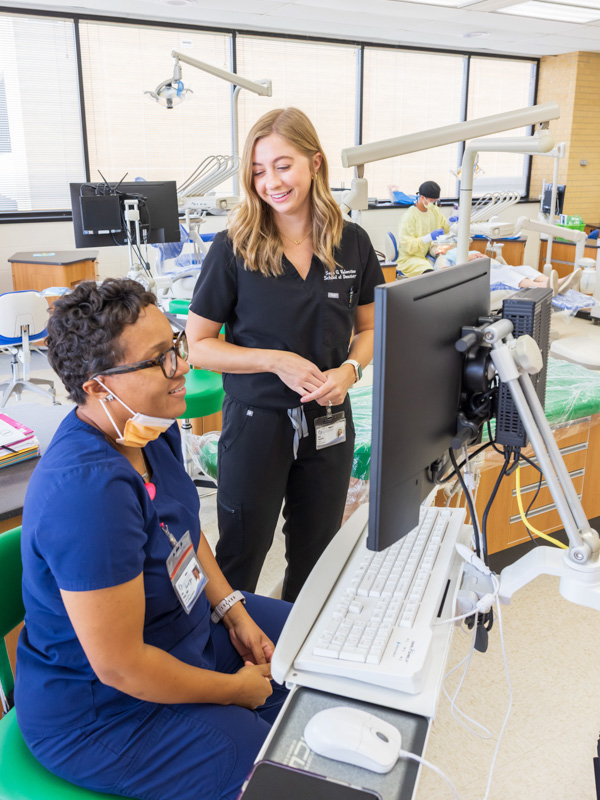
“Efficiency is important for the patient, but also for the student,” Starr said. “They’re going to be doing way more work than just checking off boxes, and then not doing any more work. This makes you look at all the different problems going on.”
Change can be hard, though, and not just for the students. “Before, with the students, it might have been ‘Do as you’re told, and don’t ask a lot of questions,’” Wade said. “Now we get input from students. That’s a breath of fresh air for them.”
“Most of our students want to teach as well as be taught,” Phillips said. “The IPC sets up an environment where that’s possible.
“I saw a third-year student removing a wisdom tooth, and a fourth-year student was walking him through and giving him advice. I didn’t interfere. They didn’t ask. But I was aware of what they were doing.”
When the pilot wraps up at the end of the school year, the School of Dentistry will decide what comes next. Current plans call for IPC to become the norm school-wide by fall 2023.
“We are seeing some of the challenges we will face if we take this on a larger scale,” Phillips said. “We have to make sure we continue to hold students to the same standards and to calibrate faculty in the IPC. It’s a balance there.”
“This is a really positive change for the dental school: to change the culture and make the patient the center of attention,” Wade said. “In the process, our students will provide more clinical care than in the past, and in an environment that is conducive to a better learning experience.”


